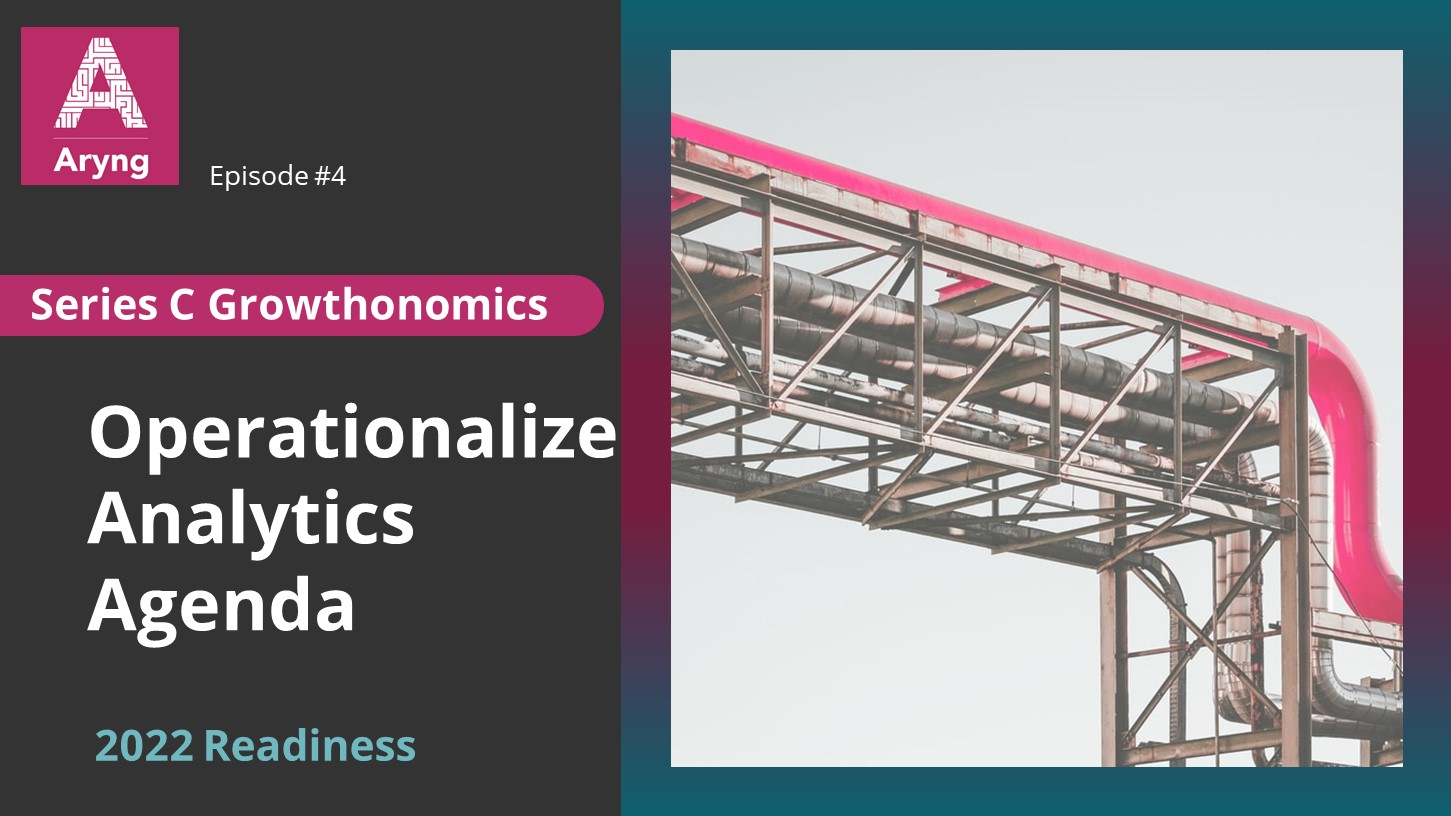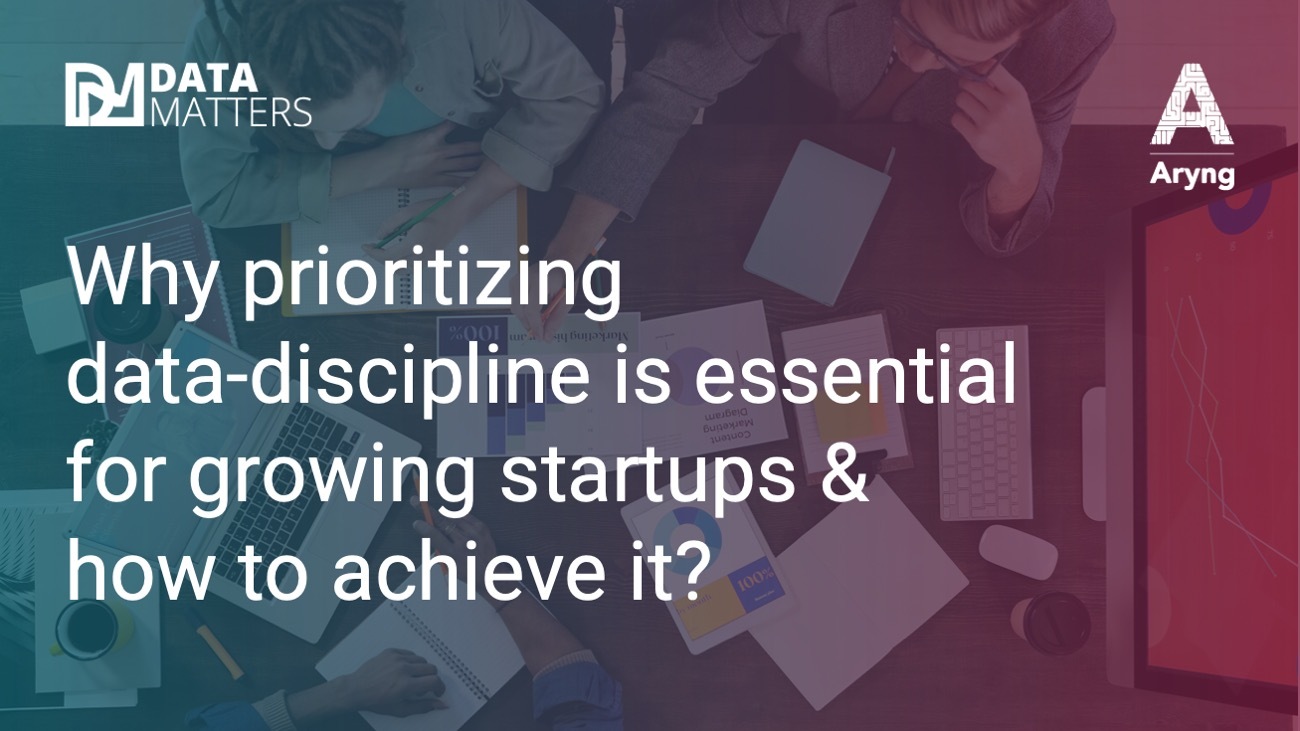As a business, there are lots of questions that can be asked of data. Some can be answered by building thoughtful dashboards while some require analysts’ time and effort to get to the answers. Going back to our food delivery app example from last time there can be a ton of questions that can be asked how do I improve my time to delivery, location tracking, and many more you will never have enough analytics resources to answer all your questions. So, it is only logical that you prioritize the questions based on the estimated impact. Answer to some questions would drive no value. Answer to some questions may drive growth upwards up to 20-30% or 2X, 3X. Given that analysts are limited resources you would want to answer the questions based on priority.
This, however, depends on how the business views the data and analytics resources. Do they view them as a thought partner? Or do they view them as I ask questions and you get me the answer tactically by writing SQL codes or building a chart? The latter is quite common in the industry because heads of data are not able to take a stand against this and effectively end up becoming Jira managers, juggling through the tickets like the wasp in the picture instead of solving the highest value problems and defining the path the business takes.
Data and Analytics fiends if we want to be the thought partner business needs we have to plan upfront and layout the Analytics agenda, I have a framework for that called the three key questions framework
Let’s see how would we lay out the analytics agenda for our food delivery startup we discussed in this video, first let’s lay out the KPIs, and then the driver metrics, and figure out the projects which line up with that. The two most important metrics which most organizations go with is
- Growth, they all are looking to grow and the other one is
- Revenue/Profits.
These are those KPIs. And then you start figuring out what drives your metrics. So for example, growth is essentially your customer growth right. You can look at the number of customers. And a number of customers is a function of your retained customer from last week or last month. However, you can call it. Basically, a number of customers are retained customers and acquisition, and then what is the acquisition a function of? Is some advertising campaign and so on so forth. Figure out your top metrics, top KPIs. most of the start-ups have these top KPIs. Again if they are not operational heavy. Operational heavy will have other metrics. And then figure out the driver metrics and then figure out hey, 1% increase in our acquisition = how much growth? and how much revenue? And that is how you start figuring out, what is the relative importance of each of these aspects. Each of these driver metrics to your end goal. And if 1% acquisition = let’s say X revenue, let’s say 10M dollars in revenue and if you increase retention by 1%, it = 2M dollars, you’ll start understanding the relative scale of these buckets that you have to look at.
Now, if you now line up projects which say, I am potentially looking at increasing the acquisition rate or improving the efficacy of acquisition and that should drive 1% incremental, that will be 10M, that would be greater than any project you would go for potentially retention, where you are targeting 1% worth 2M and so on. So this is what of course simplifying a lot but this gives you a fair idea. Figure out the KPI, figure out the drivers of your KPI. figure out your projects lined up with it. Estimate the value of that and then make sure that you have your you know, list of 50 projects. Figure out the top 10 of those and that’s your analytics data. I hope you found this useful.









